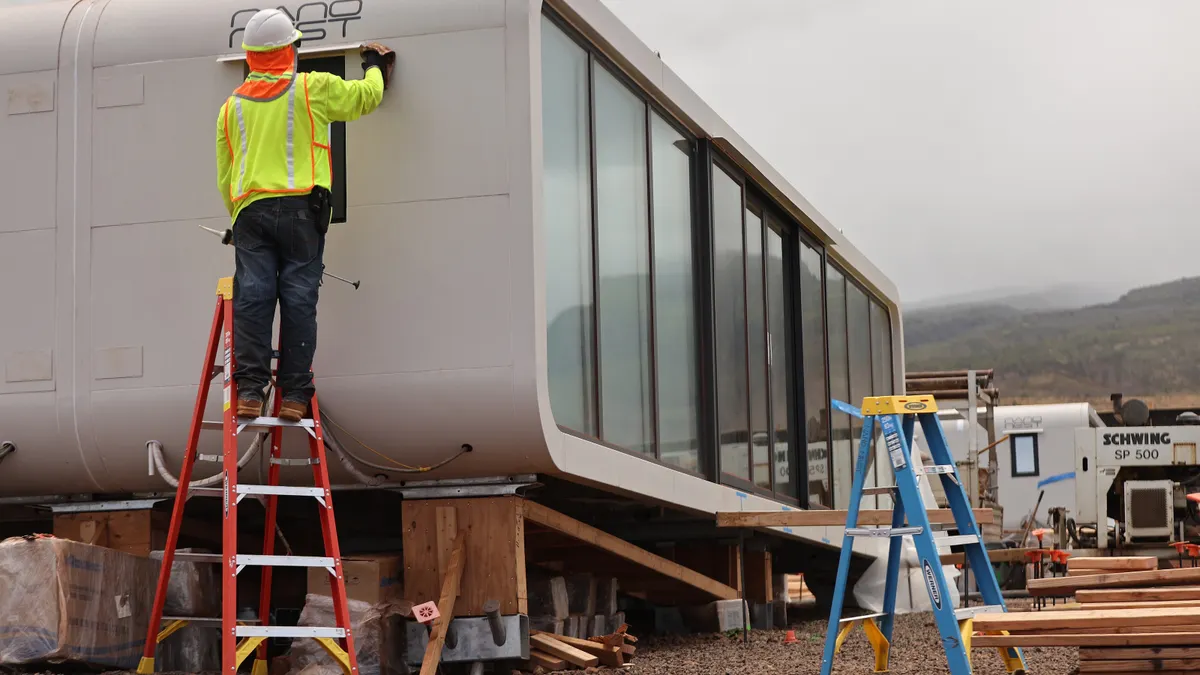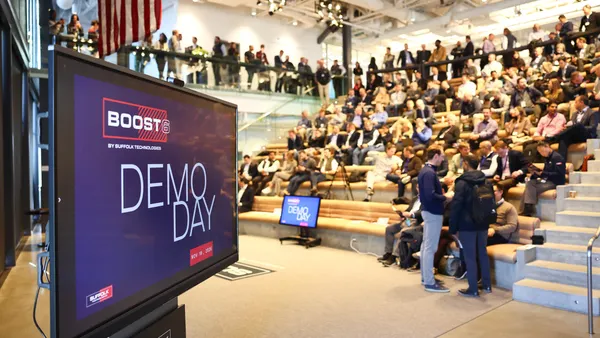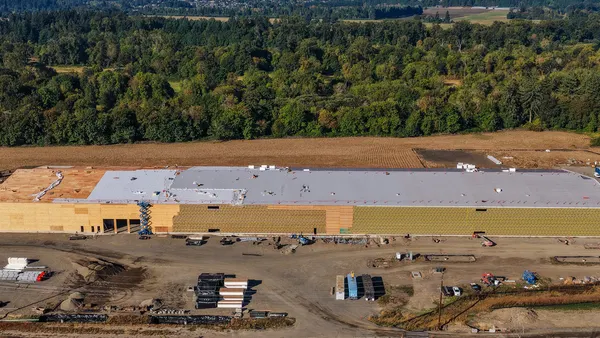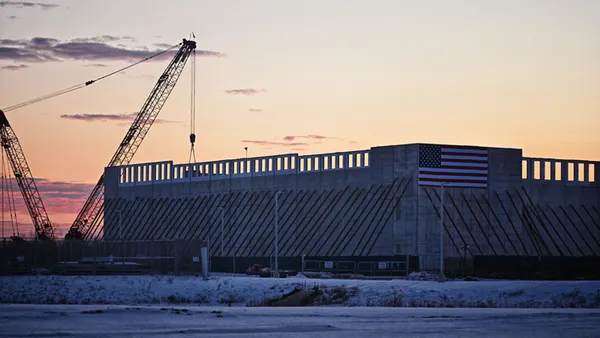Dive Brief:
- Modular firms with the highest returns typically build around a strong system and exercise control over the value chain, according to a modular construction report from consulting firm McKinsey.
- Profitability often rises when companies simplify, such as honing in on one material or sticking to less complex projects. That allows factories to run at steadier levels, according to the report.
- The findings land as the modular industry remains a small slice of the overall construction market, suggesting the next phase will test whether companies can scale without a repeat of past failures.
Dive Insight:
Successful modular firms invest significantly in their modular building systems, and continue to pour money toward improvements based on lessons learned from completed projects, according to the McKinsey report.
The study, based on 700 firms in 50 countries, shows margins are not tied to whether a company produces 2D or 3D volumetric modules. What makes the difference is whether the entire modularization process is tied together into a closed loop.
That link allows production to be repeated and refined. In other words, firms that handle design and manufacturing themselves, or tightly align partners across those stages, capture the real benefits of modular.
For example, companies that narrowed to one primary material, such as steel or timber, captured the most cost advantages. On the other hand, those that chased multiple product types or materials diluted their scale and saw returns weaken, according to the report.
The analysis also highlights the dangers of overexpansion. Several firms highlighted in the report invested in fully automated factories before securing demand to fill the lines. That led to low capacity and ultimately fragile balance sheets. Meanwhile, operators that first proved their approach in one asset type or geography, then expanded outward, posted the most success, according to the report.














